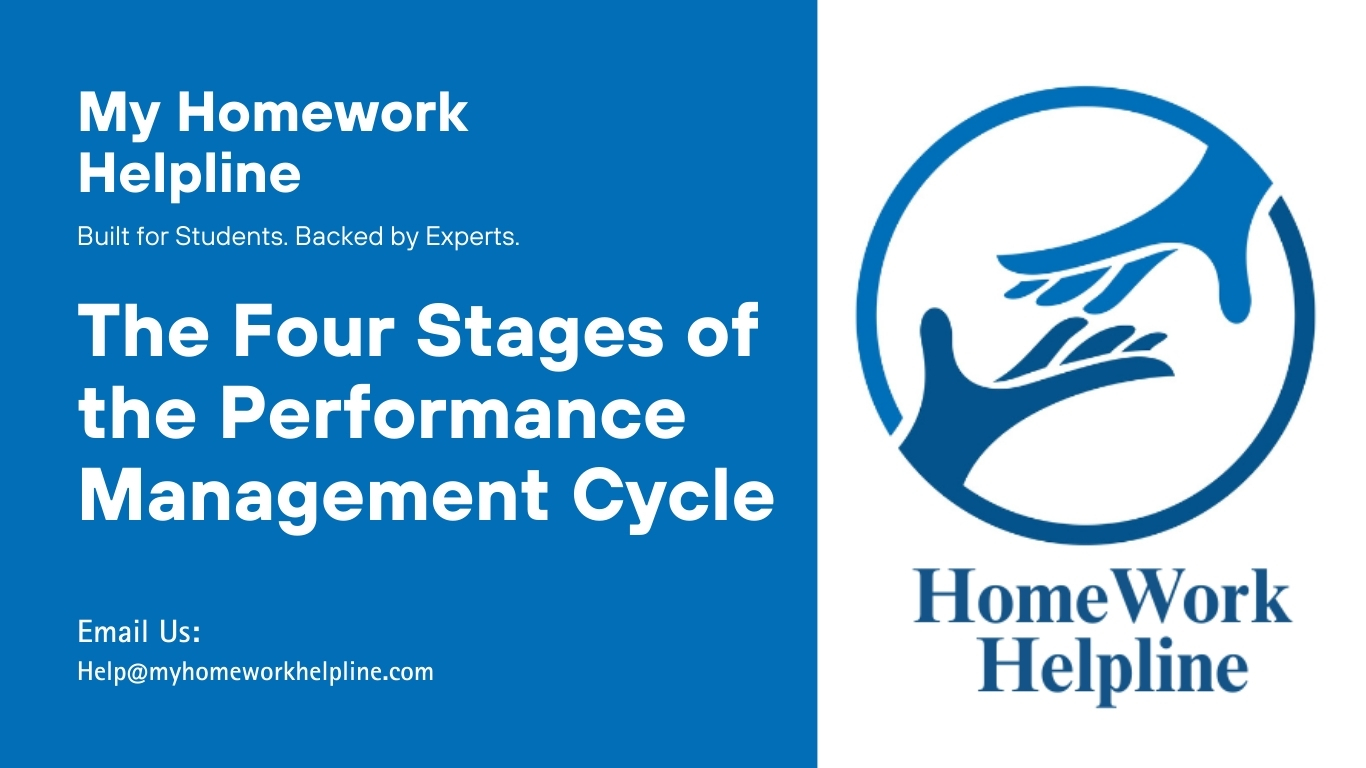Mastering the Performance Management Cycle: Steps to Success
Performance management encompasses continually checking and improving the productivity of all employees. Performance management is technically managing the business (Simpson & Simpson, 2022). In this respect, the performance management cycle details a series of continuous processes aimed at improving the employees’ performance in an organization. The performance management cycle described below is the one Michael Armstrong designed and involves planning, acting, tracking, and reviewing steps.
Planning: The initial step of managing performance is setting the basis for reviewing the workers’ productivity. Correspondingly, the organizational goals are set, individual growth plans are formulated, and the roles of each employee are redefined where necessary. The planning activities are often conducted once in each annual cycle.
Understanding the performance management cycle is key to improving productivity and achieving business success. Whether you need help analyzing its stages or applying them to case studies, our experts are here to guide you. Visit Business Studies Homework Helpline to access personalized support, clear explanations, and practical examples that will help you excel in your assignments.
Acting: The actions defined in the planning stage are executed. Each participant accomplishes their activities in line with the set objectives. The core activity is for everyone in the performance improvement cycle to accomplish their redefined roles and duties. The professional development plans are also implemented. The actions are conducted throughout the annual performance management cycle.
Tracking: The progress of accomplishing the established actions is tracked. The best approach is to get and act on feedback to identify strengths and weaknesses in the execution phase (Simpson & Simpson, 2022). The obtained feedback is useful in addressing setbacks and designing coaching activities. Tracking is an ongoing process and hence it is done throughout the annual cycle.
Reviewing: The degree of attaining the set objectives is determined by comparing employees’ output with the expected outcomes. Simpson and Simpson (2022) suggest that the reviewing stage comprises quantifying the actions’ effectiveness. Moreover, reviewing involves identifying learned lessons, discussing career goals, and developing subsequent actions as the cycle begins again. Notably, the review is done once during the annual performance management cycle.
Reference
Simpson, G., & Simpson, R. (2022). Managing the performance management process: the importance of employees’ performance in determining the organisation’s viability and efficiency. Journal of Human Resource & Leadership, 6(4), 42–56. https://doi.org/10.53819/81018102t2100

